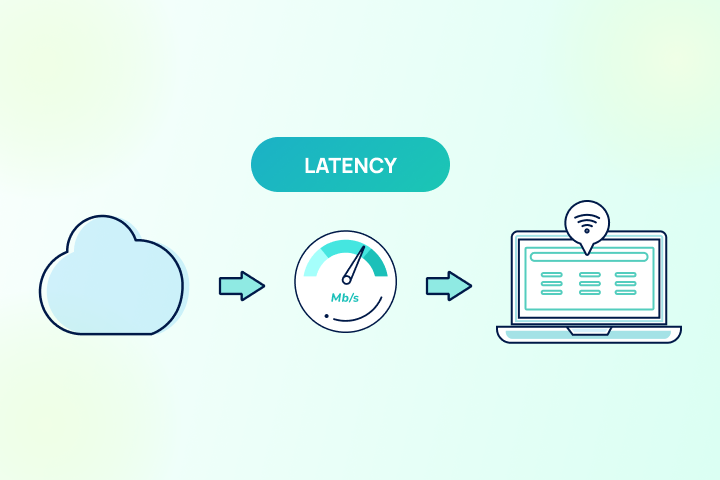Cloud latency is the delay between a user’s action and the cloud system’s response. It’s measured in milliseconds and plays a critical role in how fast applications and services perform in the cloud.
Latency can be caused by several factors:
-
Physical distance between the user and the data center.
-
Network congestion or poor routing.
-
Server processing time and overloaded systems.
In real-time applications—like video conferencing, online gaming, or financial trading—low latency is crucial. High latency can lead to delays, buffering, and a poor user experience.
Cloud providers like AWS, Azure, and Google Cloud offer edge computing and Content Delivery Networks (CDNs) to reduce latency by processing data closer to users.
Ways to reduce cloud latency:
-
Choose cloud regions closest to your users.
-
Use load balancers and CDNs.
-
Optimize code and reduce payload size.
-
Monitor latency using tools like CloudWatch, Pingdom, or Datadog.
Understanding cloud latency helps ensure your applications stay fast and responsive. In today’s digital world, users expect instant interactions—so managing latency is not just technical, it’s strategic.
A faster cloud means happier users and better business outcomes.

Leave a Reply